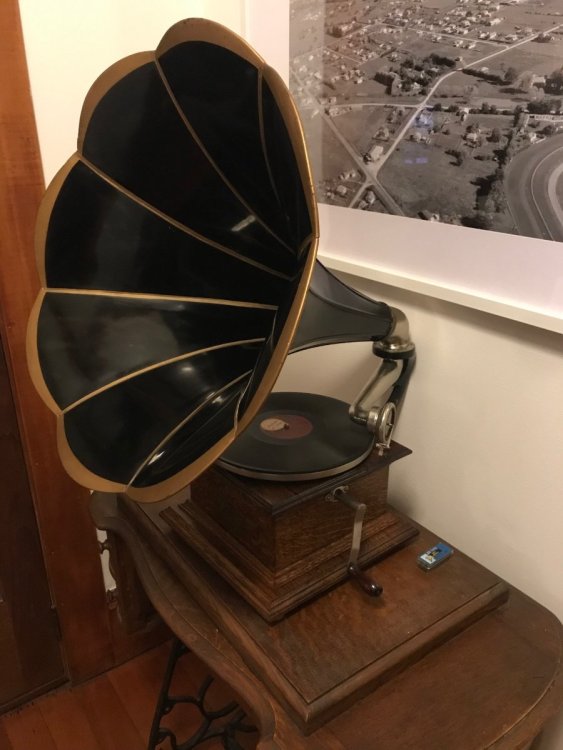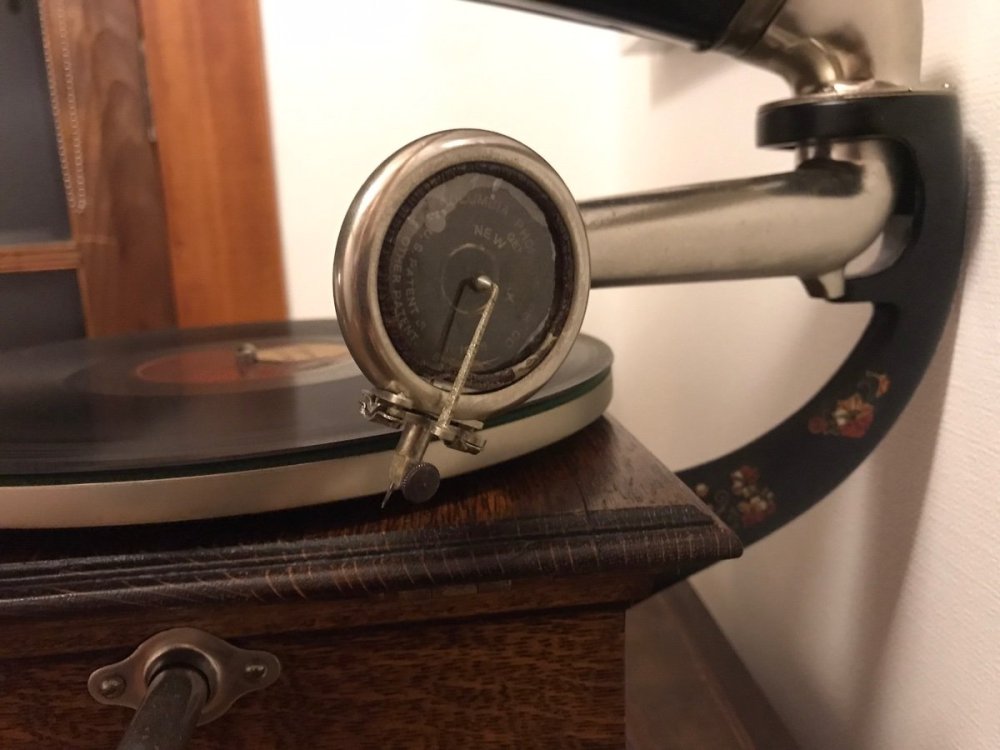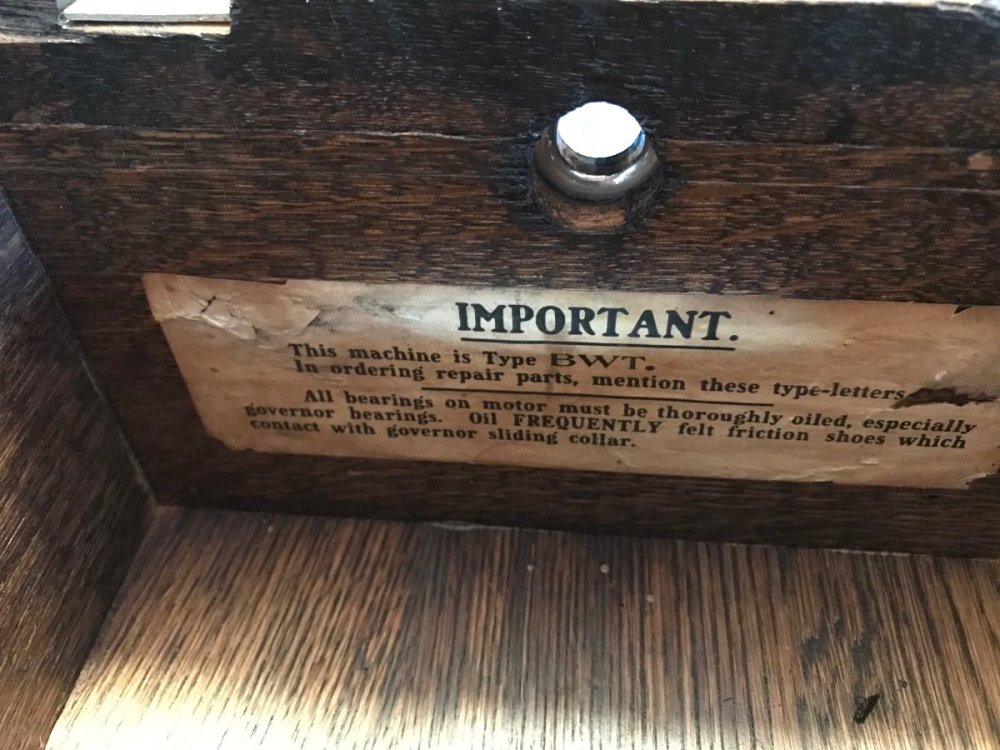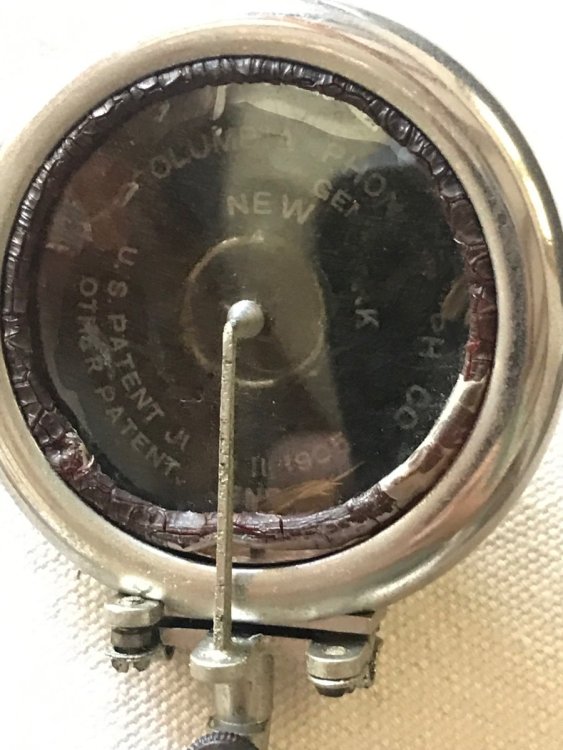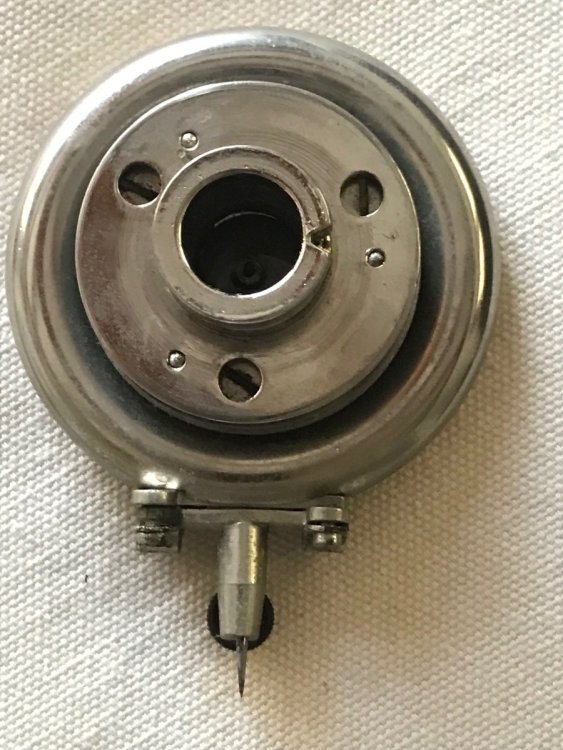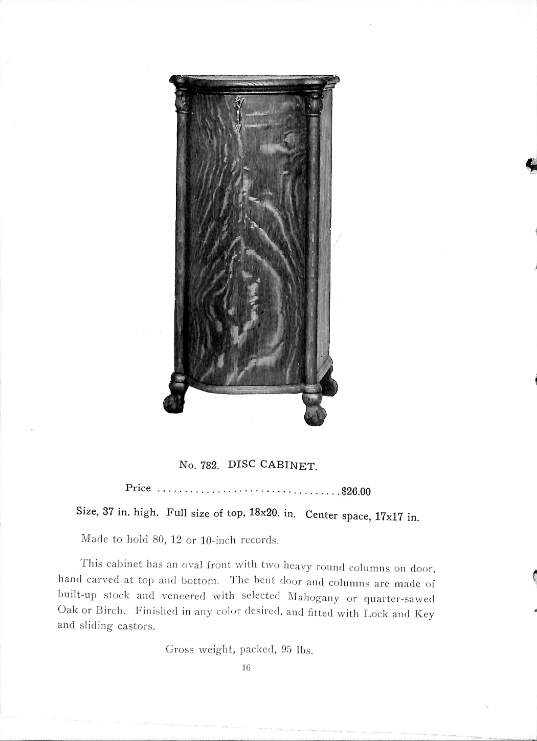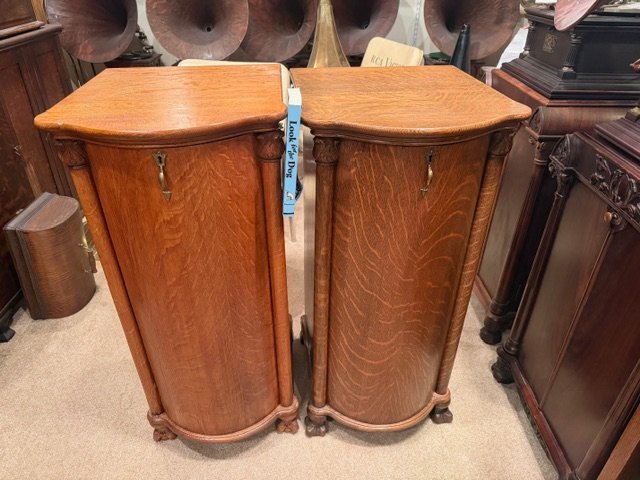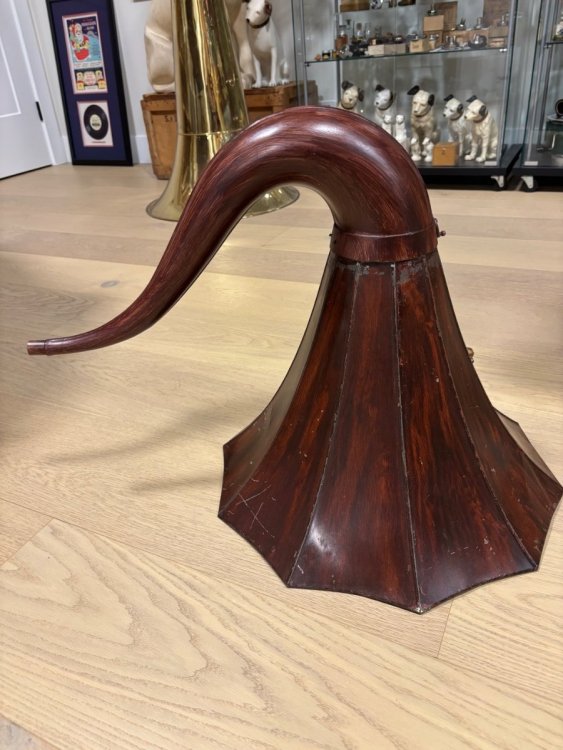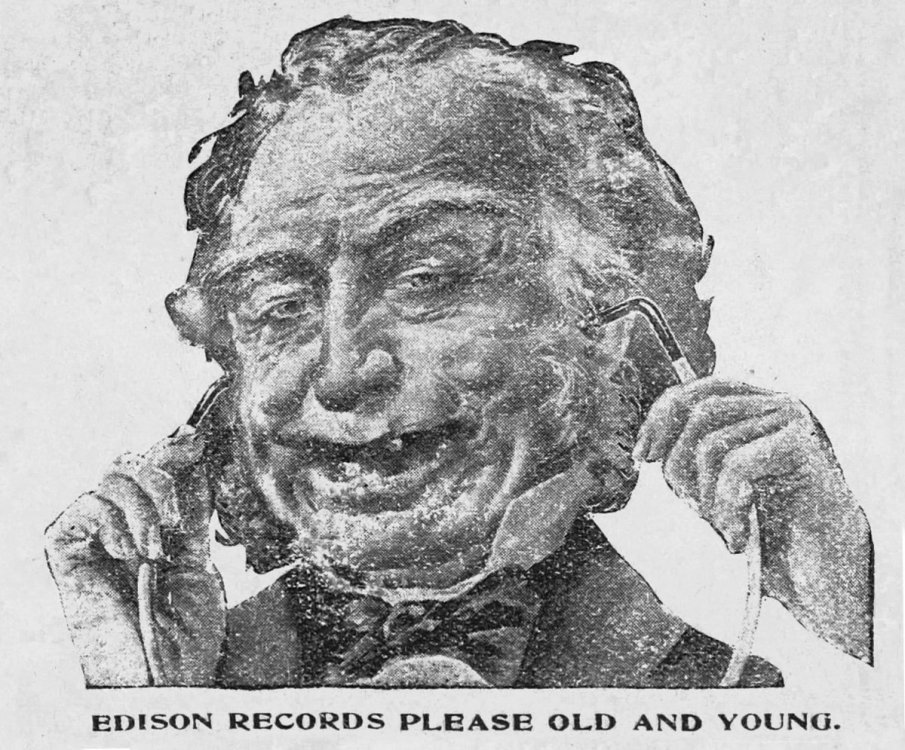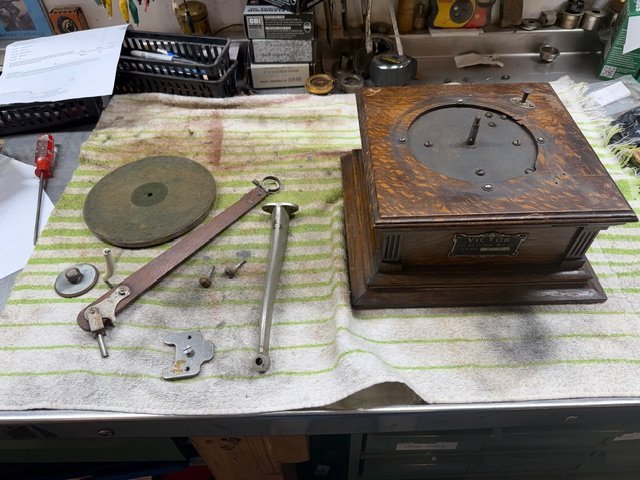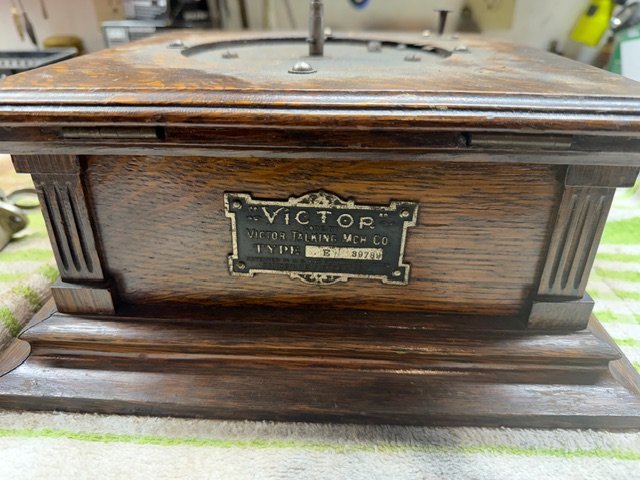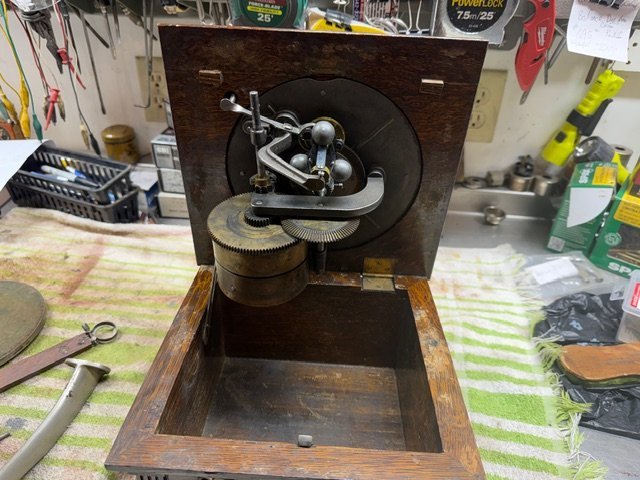All Activity
- Yesterday
-
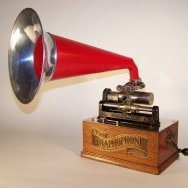
Have a Merry Christmas and Happy New Year with a Gramophone!
phonogfp replied to melvind's topic in Acoustic Machines
Beautiful card, Dan! Merry Christmas! George P> -

Have a Merry Christmas and Happy New Year with a Gramophone!
melvind posted a topic in Acoustic Machines
- 1 reply
-
- 2
-

-
Nipper wishes all APS members and Guests on this forum a Very Merry Christmas this morning. Thank you to the APS Board members, the editor and for all the contributions that make this the greatest hobby ever. Rob & Joan
-
- 1
-

- Last week
-
I've tried to play some using a modern record weight. It only works sometimes. I haven't tried anything else but you are correct they are great music.
-
Does anyone have a good method of flattening out the Hit of the Week records? I came across several dozen that need to be flattened out. There are a lot of great tunes on those records. Thanks!!! Ken Brekke
-
Thank you very much for the reply Jerry. Would you have any idea how old the machine is? Sorry, I should have been clearer about the reproducer - I was wondering what model of Columbia reproducer it is - I have seen some online that have a metal part that seems to hold the gaskets in place that this one doesn’t have. I am trying to source the correct width gasket or gasket tubing to have the reproducer repaired. My next challenge is to find someone who can service the motor here in NZ and hopefully that will allow it to get up to top speed. Thanks again for the information Jerry.
-
Above all, I would trust the internal label. As to whether it's a client machine, rebadged as a Columbia, that's a bit of a moot point, since client machines were in fact Columbia machines. The decal on the cabinet is a reproduction, suggesting that the cabinet has been refinished. Not saying the decal style and placement isn't correct, just that it's a reproduction. I don't know what was necessarily done in NZ, but I'm fairly certain that the floral decals on the back bracket do not belong there at all. You also mention a decal on the horn. Unless that's a NZ thing, I would also have my doubts about that being authentic. Look at the weights on your governor. The scuff marks on the tops of the weights are caused by them hitting the motor frame. That's most likely the source of your noise. Not sure what you mean by "...what sort of reproducer it is..." It's a Columbia reproducer, needing new gaskets. I have no reason to believe that it's not 100% correct for your machine. By its "Columbia" marking, it's further proof of your machine being a "Columbia" and not a rebadged "something else." All that being said, that is a very nice machine!
-
Revoxb77 started following Columbia BWT
-
Hi from New Zealand. I recently acquired a Columbia Disc graphophone. It is labelled as a Columbia machine with the graphic on the front and on the tin horn. Inside is a notice stating that it is a BWT model but there is very little I can find about the BWT online. It seems to be in very good condition. Am I right in thinking that this is actually a client model - perhaps a Harmony - that has either been badged as a Columbia when it first arrived here in New Zealand or perhaps someone has added the graphics later? How old would this machine be? it has a single spring motor that seems to work ok although I think it is in need of a service as it appears to struggle to get up to 78rpm. The governor starts making a loud rattling noise when the speed control starts getting near the correct speed. The reproducer needs to be repaired and I haven’t been able to work out what sort of reproducer it is. I am more a collector of tape devices so thanks in advance for any information that the experts here may be able to tell me about the machine. Ben
- Earlier
-
“Silver Sleigh Bells March” by the Victor Orchestra 1907
Henry replied to melvind's topic in Transfers & Videos
Beautifully performed piece, probably recorded in Philadelphia or Camden, conducted by Victor staff conductor Walter B. Rogers (https://en.wikipedia.org/wiki/Walter_B._Rogers), cornet soloist with Sousa's Band. Many thanks for posting!- 1 reply
-
- 1
-

-

“Silver Sleigh Bells March” by the Victor Orchestra 1907
melvind posted a topic in Transfers & Videos
This 1907 record is not necessarily a Christmas record, but it does work quite well. It’s energetic and helps you imagine snow and a sleigh with silver bells. The record is in remarkable shape for it’s age. I hope it brightens your Christmas season.- 1 reply
-
- 3
-

-

Well worth the nine hour round trip today.
BruceW replied to phono-phan's topic in Accessories & Collectibles
Absolutely gorgeous! -
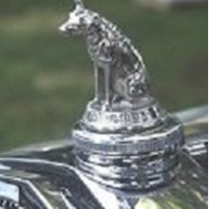
Well worth the nine hour round trip today.
phono-phan replied to phono-phan's topic in Accessories & Collectibles
-
A member of our phonograph group emailed about a bowed front record cabinet. I looked at the Marketplace post and noticed it was a Salter record cabinet. I contacted the seller and they said it was already spoken for. I asked to be contacted if the deal fell through. Well to my surprise, the original person that was supposed to come decided to pass on it. Today, I drove a 9 hour round trip to get it. I am amazed how clean and original it is. I had to put it next to my other one and use them for bookends. Does anyone have an original catalog showing this model record cabinet?
-
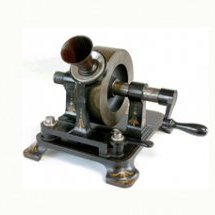
Dating an Edison advertisal image
Tinfoilphono replied to phonoobsession's topic in Cylinder Records
I just posting the linked image here for posterity, as the link is for a sale and will likely disappear in the near future. -
Nice work Bruce. Thanks for sharing! I especially like this step, "..., pressed out the dents and sanded smooth." So often I see really nice refinishing on horns, but with the dents still remaining.
-

Dating an Edison advertisal image
phonoobsession replied to phonoobsession's topic in Cylinder Records
Excellent, thanks a lot!!! -
Well, at least we agree on the ugly part. Meanwhile, I searched "Edison phonograph advertising images" and came up with this: https://www.atticpaper.com/proddetail.php?prod=1898-edison-phonograph-ad-old-and-young
-

Dating an Edison advertisal image
phonoobsession replied to phonoobsession's topic in Cylinder Records
That‘s true, but it wasn‘t my question whether it was a decent image for advertising or not. -
Here is the process I used to match the original mahogany wood graining finish on and Edison Cygnet bell as the one I have is missing the matching elbow. Before I go any further I would like to thank Greg at Phono Decals and Gary at Shenandoah Antique Restoration. Neither are taking on any more wood graining projects but both were generous enough to provide guidance and advice for my project 1. Started with a damaged beat up cygnet horn elbow 2. Stripped remaining paint, pressed out the dents and sanded smooth 3. Sprayed on a base coat closest to the original undercoat that I could find; Rust-oleum Nutmeg 4. Sprayed on a layer of Shellac (I had to protect the undercoat because the stain I used stripped off the first coat when I applied it to the elbow) 5. Brushed on a thin layer of Mahogany (red colored) wiping stain. I chose this stain because I had it available on my shelf from previous projects. I applied the stain with a $ 1 paint brush and pulled off the stain at the same time leaving a fine gain appearance like mahogany wood. 6. Sprayed another layer of Shellac 7. Brushed on Brown Mahogany wiping stain to give the appearance of darker wood grained areas. 8. Sprayed on Satin Lacquer ( I could have used a semi gloss finish as well but that was way was on my shelf) 9. Applied a layer of Renascence Wax to match the finish of the original bell. Although this process sounds complicated it actually was quite straightforward and the final result is very close to the original. I am sure that is because duplicating Mahogany wood grain is a lot simpler than the artistic skill required to duplicate the faux wood graining for Oak horns. Bruce
- 1 reply
-
- 3
-

-
Don't know about history (dates, etc.), but that has to be about the ugliest image I've seen; can't imagine it would be effective as a marketing tool. Maybe as a "Before" picture in a denture ad?
-
phonoobsession started following Dating an Edison advertisal image
-
Hi, Can anyone here please let me know from when this image used by Edison for advertising dates, perhaps also when it was introduced (if possible with some examples with it on)? Thanks a lot in advance! Helmut
-
The case is SOLD.
-
The bracket mounting screws are sold.
-
I have available a nice Victor front mount E project. Case is $150, Motor is $200, Support Bracket is $125, Wooden Tone Arm is $125, Turntable is $80, Bracket Screws are $30, and the Record Hold Down is $80. The motor runs great. The hold down might be an old reproduction but looks great. I would consider offers for it all at once also. Thanks, Ken Brekke
-
Thanks Rene, Nate actually notified me of that one a couple days ago. It looks decent enough but I fear the lister having so little feedback. I can only imagine it getting here in splinters. I hope I can find one from one of our community members I can trust to handle the shipping properly.

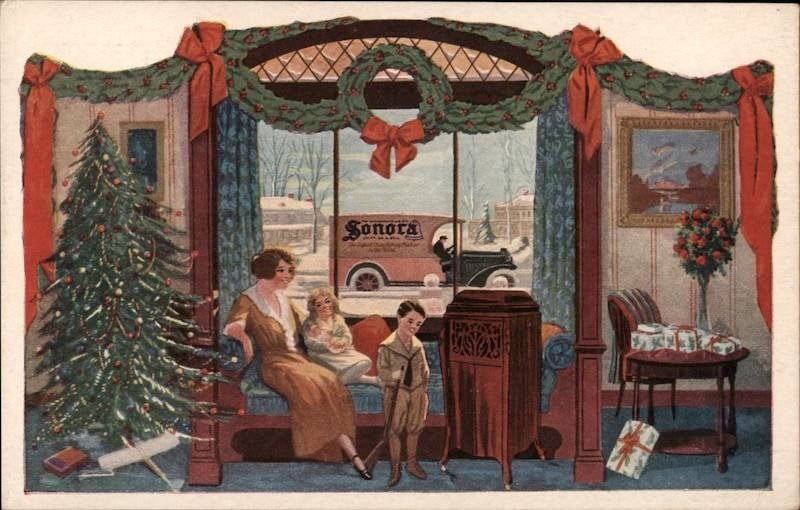

-LR.thumb.jpg.8249a09e14eb168d116b3d095b53cd84.jpg)
-LR.thumb.jpg.5138827e7a35ccfc02086d39abda2c65.jpg)
-LR.thumb.jpg.e7973176c5e2fbf4e95b35f2e279b593.jpg)
-LR.jpg.f27a16025f704c01aa0d8a5f37247906.jpg)
-LR.jpg.73f425493e518a4bd295822f69834ce5.jpg)
-LR.thumb.jpg.2ca94c7268634aabc82eb7930b05d910.jpg)
-LR.thumb.jpg.806e5d2e010a19886a0aed5c8703d1d0.jpg)
-LR.jpg.9d4a66c1678b1d5aa73d93e1cc5f9fbc.jpg)
-LR.jpg.52ec7c42f04e3fbd49daacc5af5c9002.jpg)
-LR.jpg.01239aa6eb862d5e4b02d507222ddde7.jpg)
-LR.jpg.aa71df6b7deaaa4c703d0fcb62560770.jpg)
